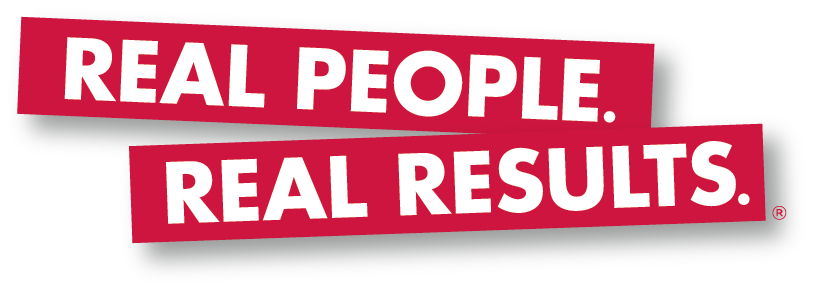My focus is helping you achieve your business goals; be that a certain profit level, a quality of life or the ability to sell the business and retire. For any of these goals, creating a consistent, high level of profits is critical. So for the next five months we’ll be reviewing the 5 Steps to Increased Profits framework – focusing on one of the five steps each month.
As a review, the five key profit-generating areas are: Lead Generation, Conversion Rate, Average Dollar Sale, Average Number of Transactions, and Profit Margins.
Those areas are highlighted in the following equation:
Lead Generation
x
Conversion Rate
=
# Customers
x
Avg. Dollar Sale
x
Avg. # Transactions
=
Revenues
x
Profit Margins
=
Profits
This month we’re focusing on Lead Generation. You may remember that ActionCOACH has developed and proven 73 systems to help business you increase your lead generation. Over the 13+ years in which ActionCOACH has been coaching, we have collected 21 Truths about Lead Generation. I’d like to share the top seven. Note: If you would like to download a PDF of all 21 Lead Generating Truths, please click here.
- Separate suspects from prospects: Too many advertising/promotion dollars – and too much time – are spent on people who will never buy. Unless your lead generation advertising weeds these people out, it’s not working effectively. It’s putting a strain on those who process and follow up on leads. The media you select, the offers you make, your creative strategy, and even your tone all play key roles in drawing out high potential prospects and screening out suspects.
- Sell the next step harder than you sell your product or service: The whole objective of lead generation programs is to begin the sales process, not to complete it. Your initial direct mail or e-mail should push for action on the next step – sending for more information, a free sample, a free analysis. Once you have qualified prospects, you can concentrate on a full presentation of product benefits, features, and applications.
- Construct meaningful, actionable tests: No direct response program – whether executed in direct mail, e-mail print, online or broadcast – can be improved without valid testing. Make sure you test the most significant factors first – lists/media and offers. Once you have a read of results, react quickly and incorporate them into your program. Your results analysis should not only include number of leads and cost per lead, but cost per appointment and per sale. Making decisions on lead costs alone can be disastrous.
- Once is not enough: Give suspects more than a single time to qualify themselves. No matter how intrusive your direct mail package, email, print ad or online ad, your target may miss it the first time around. Give prospects multiple opportunities to say “Yes” to your offer – whether that means getting additional information, a price quote, or a call/visit from your sales representative. The more narrowly defined your market, the more time you have to spend on each prospect.
- Understand their “hot buttons”: Executives are much more often concerned about their time than about saving a few dollars. Direct mail/e-mail efforts that don’t demand a lot of time and that demonstrate how the product/service can save the recipient time works very well to management segments. If the savings are enormous, that’s a different story. And the best story is getting the recipient to believe responding is the first step in MAKING BIG MONEY. Middle managers may be more concerned about preservation (of their jobs) and about making a safe, unquestionable choice.
- Use testimonials and case histories: Aside from the credibility they imbue, they provide the prospect with applications and usage guidance. Large corporations should select testimonials or case histories that emphasize the company’s ability to provide fast, personal service. Smaller marketers should use endorsements reflecting on the company’s strength and stability. Include testimonials which underscore how customers were rewarded by finding out more when they were prospects.
- Plan separate, creative strategies and offers for different levels of decision-makers: Even if you’re prospecting within a specific industry, copy and offer – and sometimes graphics – must change by function and by the objective of your communication. The highly technical approach you make to the head of the IT department will not work in addressing the CEO. And the CEO’s possible interest in your product/service will differ from the CFO’s.
About ActionCOACH
Brad Sugars founded the brand Action International in 1993 when he realized there was a disconnect between business advice and implementation. The answer was Action! Brad Sugars created a business coaching company so that business owners throughout the world can realize their goals in business. Today the company is known as ActionCOACH. To learn more about business, visit Brad Sugars Review blog!






